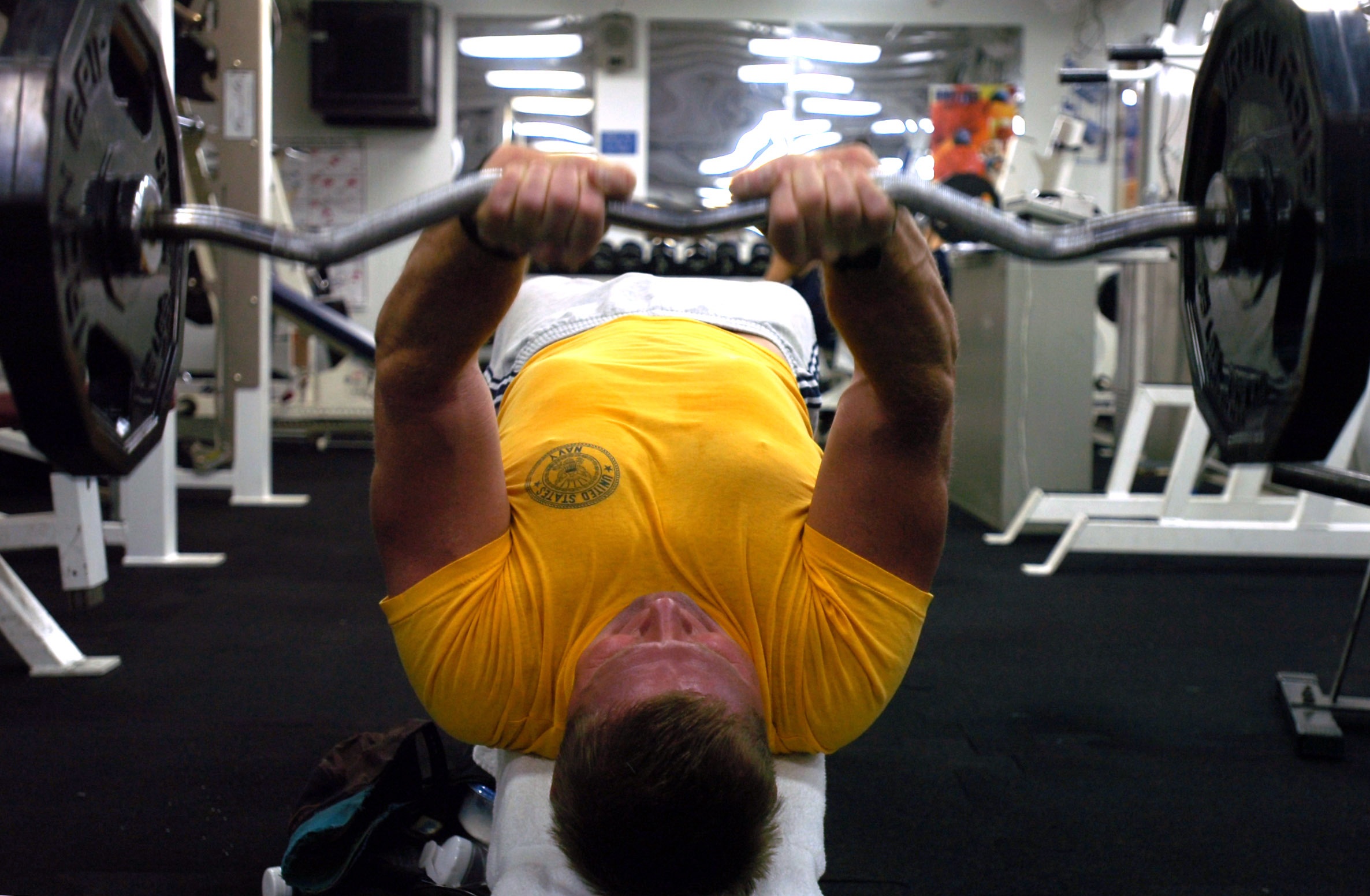Anthony Blazevich is one of my favorite authors. He publishes studies looking into things that we think we know and challenges our beliefs. I don’t always agree with his findings, but I enjoy reading his publications nonetheless.
In the January issue of Medicine and Science in Sports and Exercise, Blazevich is the co-author on a review of literature looking at the impact of static stretching on strength, power, and speed tasks. The authors also attempted to look at this in terms of the amount of stretching, the impact based upon type of muscular contraction, and examine the results by muscle group:
• The authors found that almost half the studies examined reported a decrease in strength, power, or speed as a result of static stretching.
• When looking at the duration of stretching, the authors found that performance decrements (to a point) were related to the length of the stretch. Stretches lasting longer than 30 seconds decreased performance by about a percent, stretches from 30-45 seconds decreased performance by about 2%, stretches that exceed 45 seconds in length decreased performance by over 4%.
• Static stretching seems to impact isometric performance more significantly than concentric, but there wasn’t very much information on this for the authors to analyze.
• When looking at muscle groups, the knee flexors seemed to be more negatively affected by stretch, followed by the knee extensors and plantar flexors.
The authors focus in on the stretch duration lasting longer than 45 seconds, pointing out that there is little decrement when stretches are performed for a normal length of time (i.e. less than 45 seconds). My opinion is that this is going to depend upon the population, a 1% decrease in performance could be huge to many levels of athletes but not be noticeable to your average fitness enthusiast. Regarding the existence of a relationship between length of stretch (to a point – it leveled off after 1-2 minutes) that’s not surprising. Many of the early studies looking into this used extreme stretching protocols to demonstrate an impact on performance. It also makes sense about the knee flexors being more negatively impacted, but this is because most of the stretches that people do are for the hamstrings – I would not be surprised to find that being the case in studies as well.
When I was starting out in this field, you had to do static stretching after 5-10 minutes of light cardio as warm-up. This has since been turned upside down with the focus on dynamic flexibility. I think static stretching has a place, certainly as cool down or with certain sports (gymnastics, martial arts, etc.) – but I like the athleticism and functionality of dynamic flexibility better in terms of warming up.
Kay, A.D. and Blazevich, A.J. Effect of acute static stretch on maximal muscle performance: A systematic review. Medicine and Science in Sports and Exercise, 44(1), 154-164, 2012.


